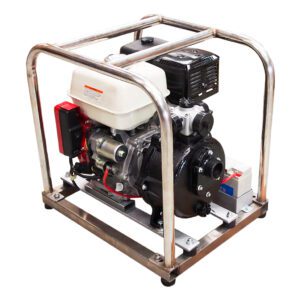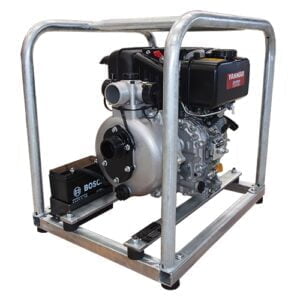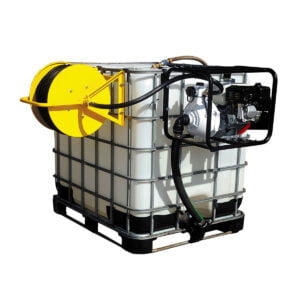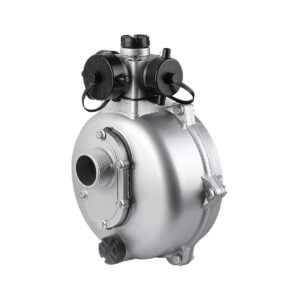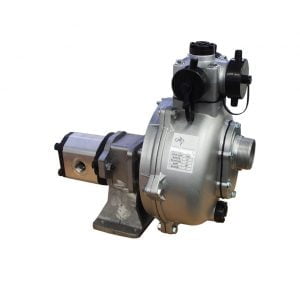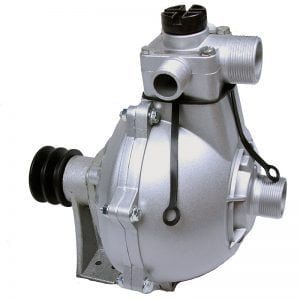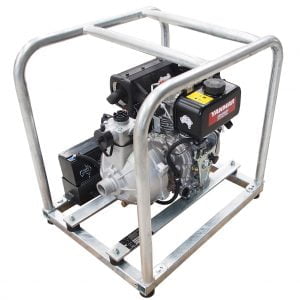Fire Fighting Pumps
Can’t find what you’re looking for?
Can’t find what you’re looking for? Try our quick selection guide!
Showing 1–12 of 53 results
-

HP15 L48 – Yanmar Diesel
Read more -

HP15 GP160 Honda Single Impeller
Read more -

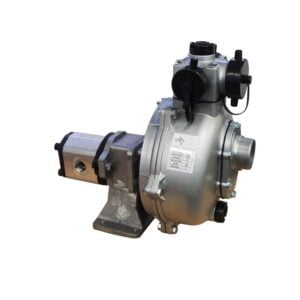
HP 15 Hydraulic
$2,413.95 (Inc. GST) Select options This product has multiple variants. The options may be chosen on the product page -


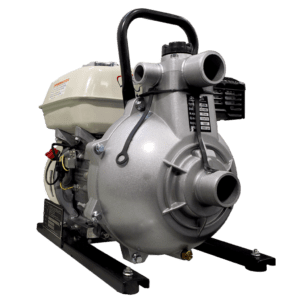
HP15 Dual GP200 Honda Twin Impeller
Read more -

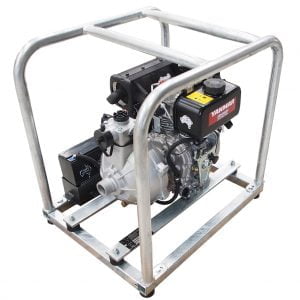
HP15 Dual L48 – Yanmar Diesel
Read more -



HP15 K45 – Kohler Diesel
Read more -


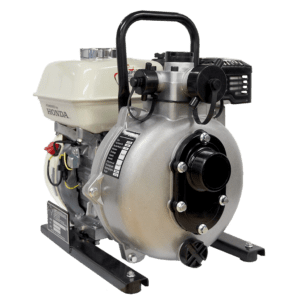
HP20 GP200 Honda Single Impeller
Read more -

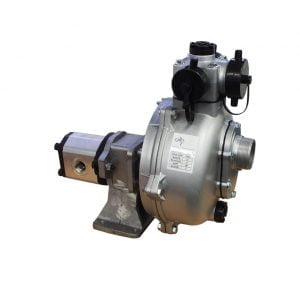
HP 15 Dual Hydraulic
$2,534.95 (Inc. GST) Select options This product has multiple variants. The options may be chosen on the product page -



HP15 Dual K45 – Kohler Diesel
Read more -

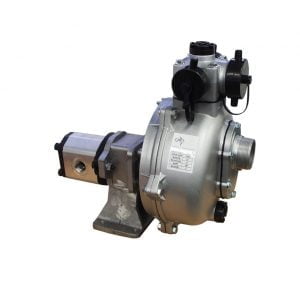
HP 20 Hydraulic
$2,534.95 (Inc. GST) Select options This product has multiple variants. The options may be chosen on the product page -



HP20 Dual GP200 Honda Twin Impeller
Read more -

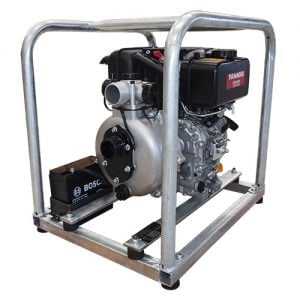
HP20 L48 – Yanmar Diesel
Read more
Can’t find what you’re looking for?
Frequently Asked Questions - Fire Fighting Pumps
What’s the difference between single and twin impeller (dual)?
Besides the amount of impellers inside the fire fighting pressure pump, single (meaning 1) and twin or dual (meaning 2) – the more notable difference comes down to the fire fighting pump’s high pressure.
Twin impeller fire fighting pumps typically create more high pressure by creating pressure in the first closed vane impeller, then transferring it into a second impeller of the fire fighter pump. Doing this however causes the flow rate to reduce with the fire fighting equipment. Single impeller fire fighting pumps create more flow with a reasonable amount of pressure.
What’s the difference between water transfer pumps and fire fighter Pumps?
Water transfer fire fighting pumps are typically used to transfer water or fluid over flat distances with high volume for fire fighting jobs. Water transfer fire fighting pumps are able to move large volumes due to their impeller configuration. Generally speaking, they’re an open vane, which also will allow solids to pass through the fire fighting pumps without issue.
Fire fighter pumps produce more head pressure (the distance a water is ‘thrown’) by having a closed vane impeller or impellers (multiple). Making them great for fire fighting jobs. However, due to having a closed vane impeller – debris can easily get stuck inside these vanes, causing the fire fighting pump to lose performance.
What is self-priming?
Self-priming means that the fire fighting pump has the ability to retain water/fluid after the very first prime of the fire fighter pump. This still means you need to prime the fire fighting pump initially, however – after that the fire fighting pump will essentially look after itself.
This is an important feature for fire fighting pumps as it removes any air blockages for future usages and essentially speeds up the operation/setup times of the fire fighting pump equipment.
Read more about the pro’s and con’s of self priming pumps here.
What is the best material for the casing?
Fire fighter pumps are generally used sporadically, or very rarely at all. This means that fire fighter pumps need to be made of materials that can not only deal with the high pressure needed, but also have the durability to withstand rusting. To assist this, all of our fire fighter pumps come standard with either Anodised (Electrically Painted) Aluminium, Cast Iron or Stainless Steel. Fire fighter impellers are also of high standards such as Bronze, Cast Iron or Stainless Steel for the exact same reason. If your fire fighter’s water source is high in salt levels, it’s recommended you look for either Cast Iron or Stainless Steel models for your fire fighting pump equipment.
Petrol or diesel fire fighting pump, what’s best?
Fire fighting water pumps can be petrol or diesel powered. It’s worth knowing that mains-powered electric pumps are not recommended as fire fighting pumps unless you have a dependable back-up power supply such as a generator. Generally diesel engines for fire fighting pumps are more fuel efficient and under the right circumstances can perform longer hours of work, not to mention are a safer option than petrol fire fighting pumps. When choosing your petrol fire fighting pump or diesel fire fighting pump, it comes down to the price point. Petrol engines are usually half the price of their diesel counter-parts.
What is electric start and recoil start?
Electric Start fire fighting equipment, also commonly known as Key Start fire fighting pumps – requires the user to turn a key to start the motor of the fire fighting pump equipment. These fire fighting units will require an external 12v power source (generally a battery).
Recoil Start fire fighting pumps, also commonly known as Pull Start fire fighting pumps – requires the user to pull the motor over by hand, this is done with a recoil rope. Much like your common lawnmower, no battery is required for the fire fighting equipment.
Should I go with electric start or recoil start?
It depends greatly on your physical abilities, if the user doesn’t have any ailments and is of fit physical stature then a recoil start fire fighting pump should do the fire fighting job sufficiently. Just note; depending on how long the fire fighter engine is laid dormant for and if it’s been in the weather – multiple pulls may be required to start the fire fighting pump.
If the user isn’t up to the physical strain that is required from pull starting the fire fighting engine, it’s highly recommended electric start upgrade is required for your fire fighting equipment.
Do you have a buyers guide for fire fighting pumps?
You can find our buyers guide for fire fighting pumps here.
How else can we help?
Couldn't Find Your Preferred Engine?
We carry a large range of other Diesel & Petrol engine brands not shown on our website. Ask us to quote with your preferred brand!
Couldn't Find Your Preferred Pump?
We carry a large range of other High Pressure Pump Brands not shown on our website. Ask us to quote with your preferred brand!
Sign up to our newsletter
"*" indicates required fields
Copyright © 2023 Pumps Australia Pty Ltd. All rights reserved. Sitemap.
Web Design by Cloud Cartel

